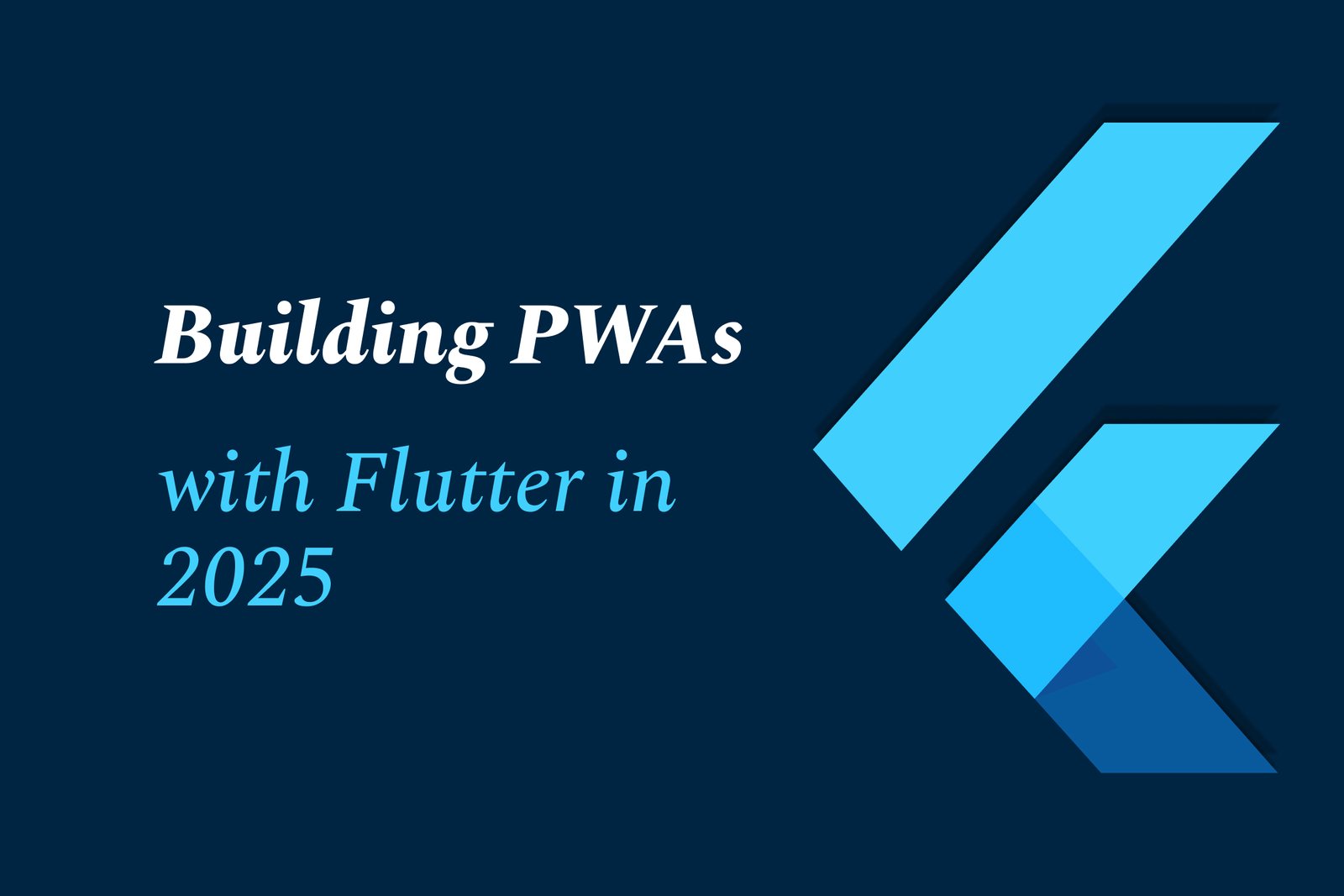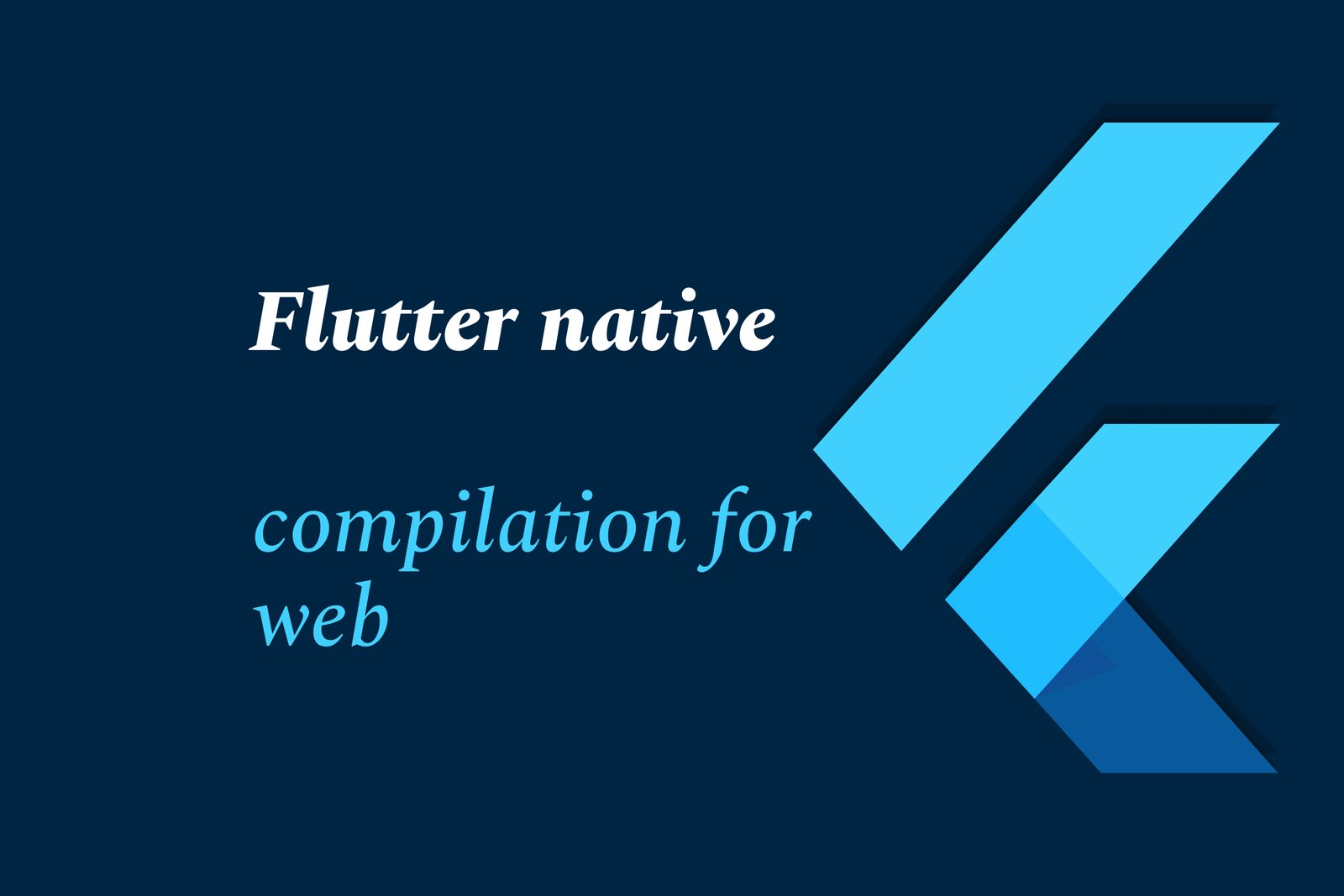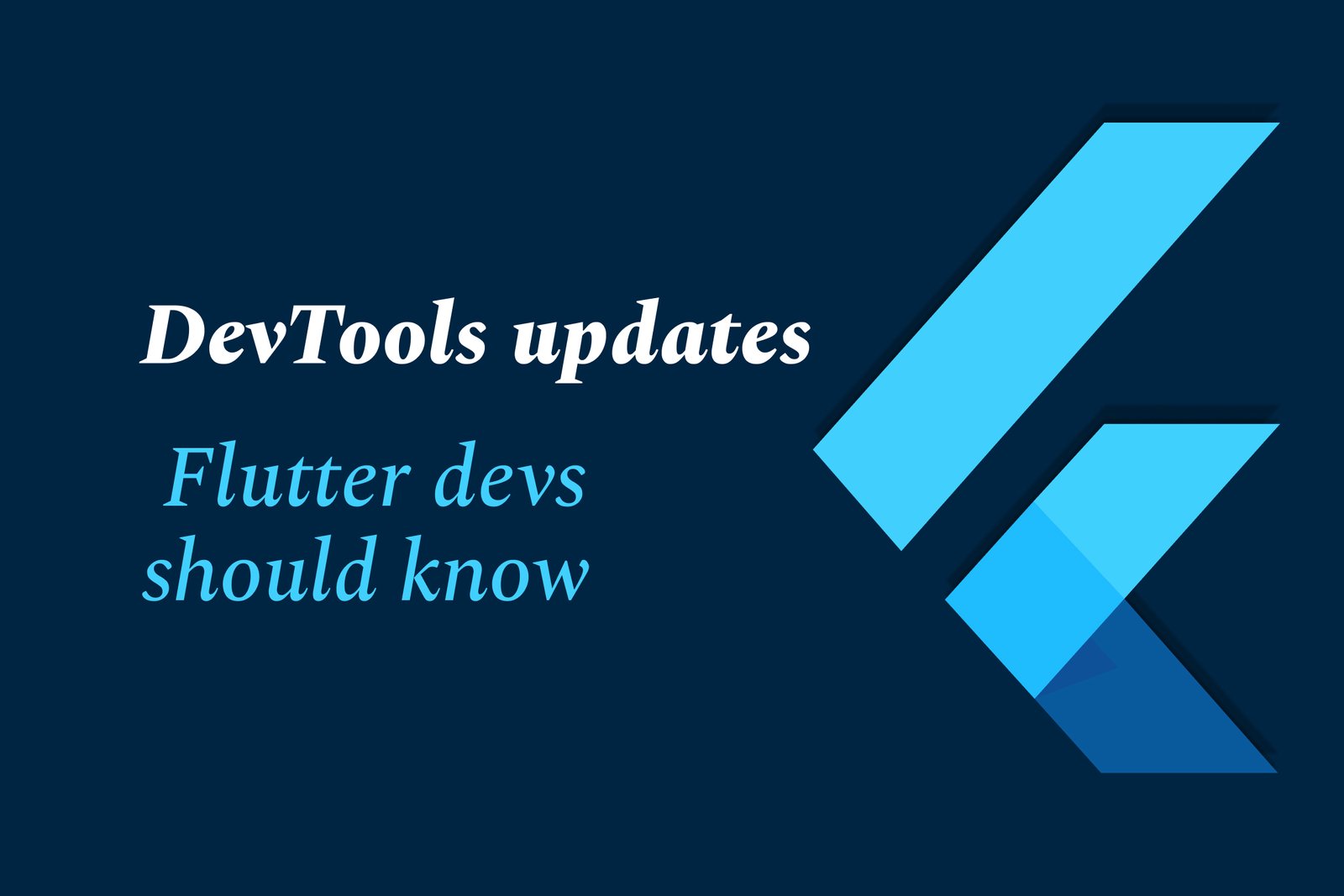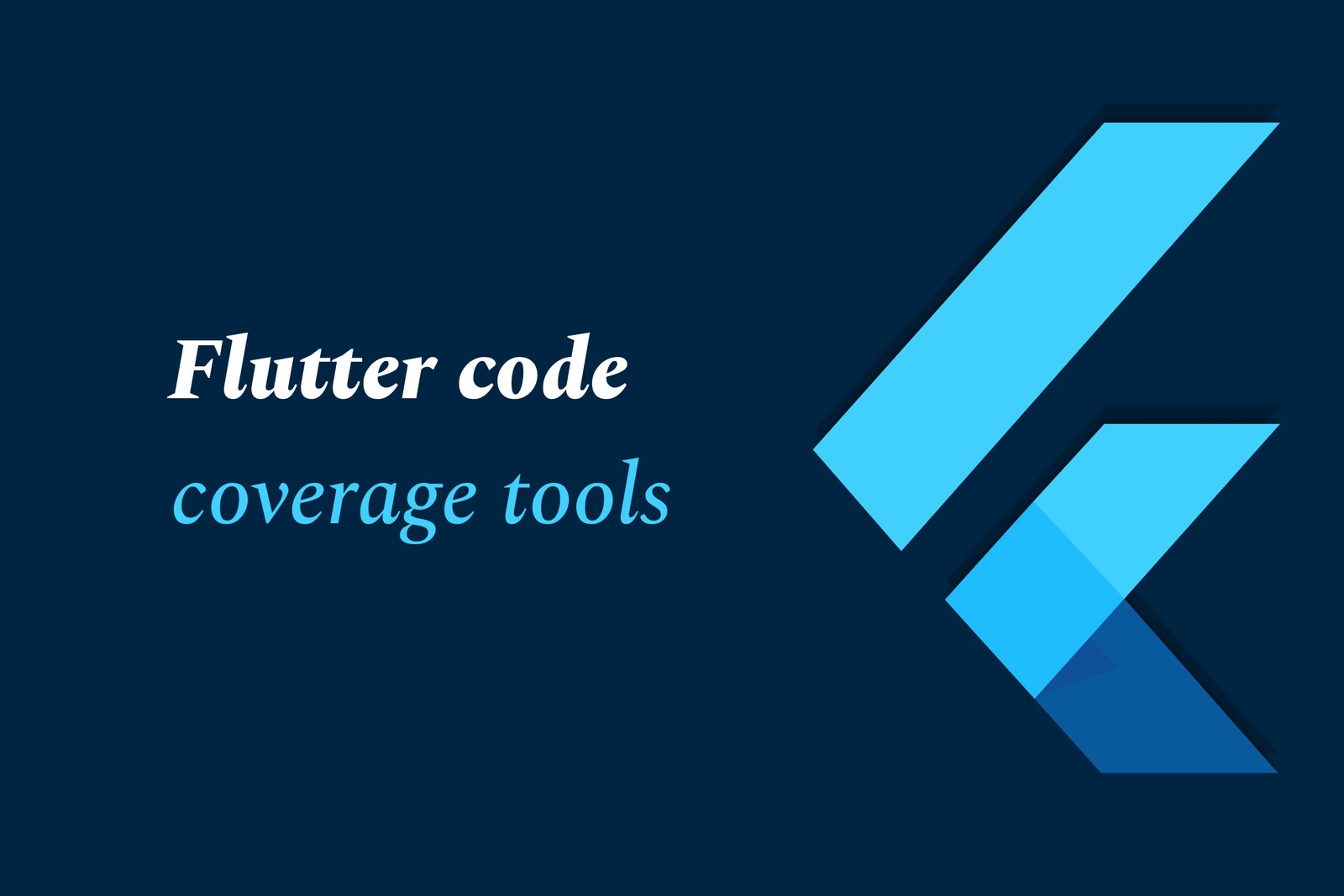Building PWAs with Flutter in 2025
Building PWAs with Flutter in 2025 lets developers create fast, installable, and offline-capable web apps using a single Dart codebase. Flutter’s enhanced web support ensures rich, responsive UIs and native-like performance across platforms from one unified framework.
Building PWAs with Flutter in 2025
1 ) Understanding Progressive Web Apps (PWAs)
PWAs are web applications built with standard web technologies (HTML, CSS, JavaScript) but offer native app like experiences.
Key features include offline access, installability, push notifications, background sync, responsiveness, and full screen experience.
PWAs run on multiple platforms and devices from a single codebase.
2 ) Core Components of PWAs
Front end code comprises HTML for content structure, CSS for styling, JavaScript for interactivity, and a JSON manifest describing app behavior to operating systems.
Service workers enhance performance by enabling caching, offline operation, and background tasks.
PWAs require deployment on HTTPS enabled web servers for security and accessibility.
3 ) Building a Simple PWA Example
Start with a basic web app (e.g., a temperature converter) using HTML for layout and navigation.
Style the app with CSS ensuring usability on various screen sizes.
Use JavaScript to manage data presentation and user interactions dynamically.
Add a web app manifest file to enable installability.
Incorporate a service worker script to cache assets and manage fetch events for offline functionality.
4 ) Making PWAs Installable
For browser promotion and installation, a web app must:
Include a valid web app manifest referencing icons, names, and display parameters.
Register and use service workers for offline capability.
Once installed, PWAs behave like native apps with icons, can be launched standalone, and are integrated into the device’s OS.
5 ) Why Use Flutter for PWAs in 2025?
Flutter enables building multi platform apps (mobile, web, desktop) from a single Dart codebase.
It compiles to JavaScript for fast performance on the web.
Provides rich UI control, adaptive design capabilities, and Hot Reload for quick development.
Flutter 4.0 and future versions promise enhancements in stability, developer productivity, and cross platform consistency.
6 ) Future Trends and Predictions
Flutter is expected to maintain and grow its popularity among developers due to its flexibility and performance.
Continuous improvements in Flutter's web support will make building PWAs increasingly seamless and powerful.
The ecosystem will likely see more extensive integration of native device capabilities in PWAs built with Flutter.
Summary
Building PWAs in 2025 with Flutter combines the best of web and native app worlds, leveraging Flutter’s cross platform prowess and modern web technologies. Developers can create installable, offline capable, and highly performant applications that provide excellent user experiences across devices—all from a single codebase using Flutter and its evolving toolsets.
https://justacademy.in/news-detail/flutter-open-source-tools-roundup
https://justacademy.in/news-detail/how-flutter-is-dominating-cross-platform-app-development
https://justacademy.in/news-detail/new-material-3-support-in-flutter-ui-toolkit
https://justacademy.in/news-detail/flutter-game-development-is-gaining-momentum
https://justacademy.in/news-detail/flutter-adds-ai-toolkit:-what-it-means-for-developers
Related Posts
Top Flutter animation packages like SpinKit, Animations, and Flutter Animate simplify adding smooth, engaging animations to apps. They offer ready-made loaders, material transitions, and versatile effects, enhancing user experience with minimal code and improved UI appeal.
Flutter AI packages are rapidly gaining traction by enabling developers to easily integrate powerful AI features like machine learning and natural language processing into cross-platform apps, boosting innovation and efficiency within the growing Flutter ecosystem.
Flutter enables cross-platform desktop app development with a single codebase, offering fast UI design, native performance, and strong community support. However, it faces challenges like larger app sizes, limited desktop-specific features, and a less mature ecosystem compared to native tools.
Flutter AI combines Flutter’s cross-platform app development with AI technologies to create smart, efficient fintech and healthcare apps—enabling fraud detection, personalized finance tips, medical imaging, virtual health assistants, and automation for improved user experience and operational efficiency.
Flutter's Linux desktop support has steadily advanced, improving performance, native theming, and integration with Linux desktop environments. Collaboration with Canonical and the community is driving better window decorations, menu support, and release-ready app builds for seamless Linux app development.
Flutter is a versatile UI toolkit by Google enabling cross-platform app development, increasingly used for Smart TVs and IoT devices. It allows building native-like interfaces for diverse platforms, streamlining development despite challenges like remote navigation and platform-specific integration.
Flutter native compilation for web transforms Flutter code into efficient JavaScript and WebAssembly, enabling fast, high-performance web apps with smooth UI rendering. This approach delivers near-native speed and consistency across browsers using a single codebase.
Flutter DevTools has been updated with enhanced performance profiling, an improved widget inspector, network monitoring, Material You theming support, faster hot reload/restart, and better accessibility tools—helping developers debug and optimize Flutter apps more efficiently.
Flutter code coverage tools measure the percentage of code executed during testing, helping developers identify untested parts. Using commands like `flutter test --coverage` and tools like LCOV and VSCode extensions, they visualize coverage to improve code quality and reliability.
In 2025, Dart Pub remains a vital hub for discovering and managing Dart packages, driven by Flutter’s growth. Trends focus on enhanced cross-platform tools, improved performance, richer libraries, and rising use in innovative apps like AR, making Dart Pub essential for versatile, modern development.










